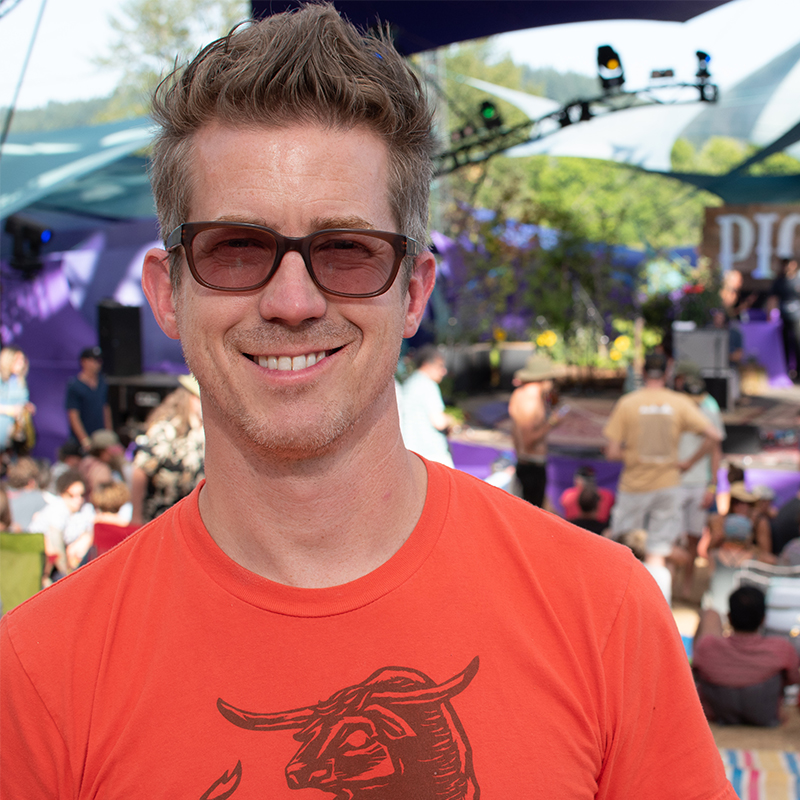Interview: Digital Artist Alex Czetwertynski
The Day for Night curator on the dynamic relationship between immersive art and live music

It’s 7PM on a Friday night in Houston, and Bjork is DJing. As if this weren’t already an uncommon enough statement, what’s crazier is that hardly anyone has noticed. Not because the ethereal musician is clandestinely performing within some sort of recreation of an Icelandic forest, but because goers at Day for Night festival are totally immersed in the slew of custom-built, digital art installations flanking various sections of this 1.5 million-square-foot space. But with Bjork being Bjork, word quickly spreads and within minutes thousands of excited fans descend upon her set.
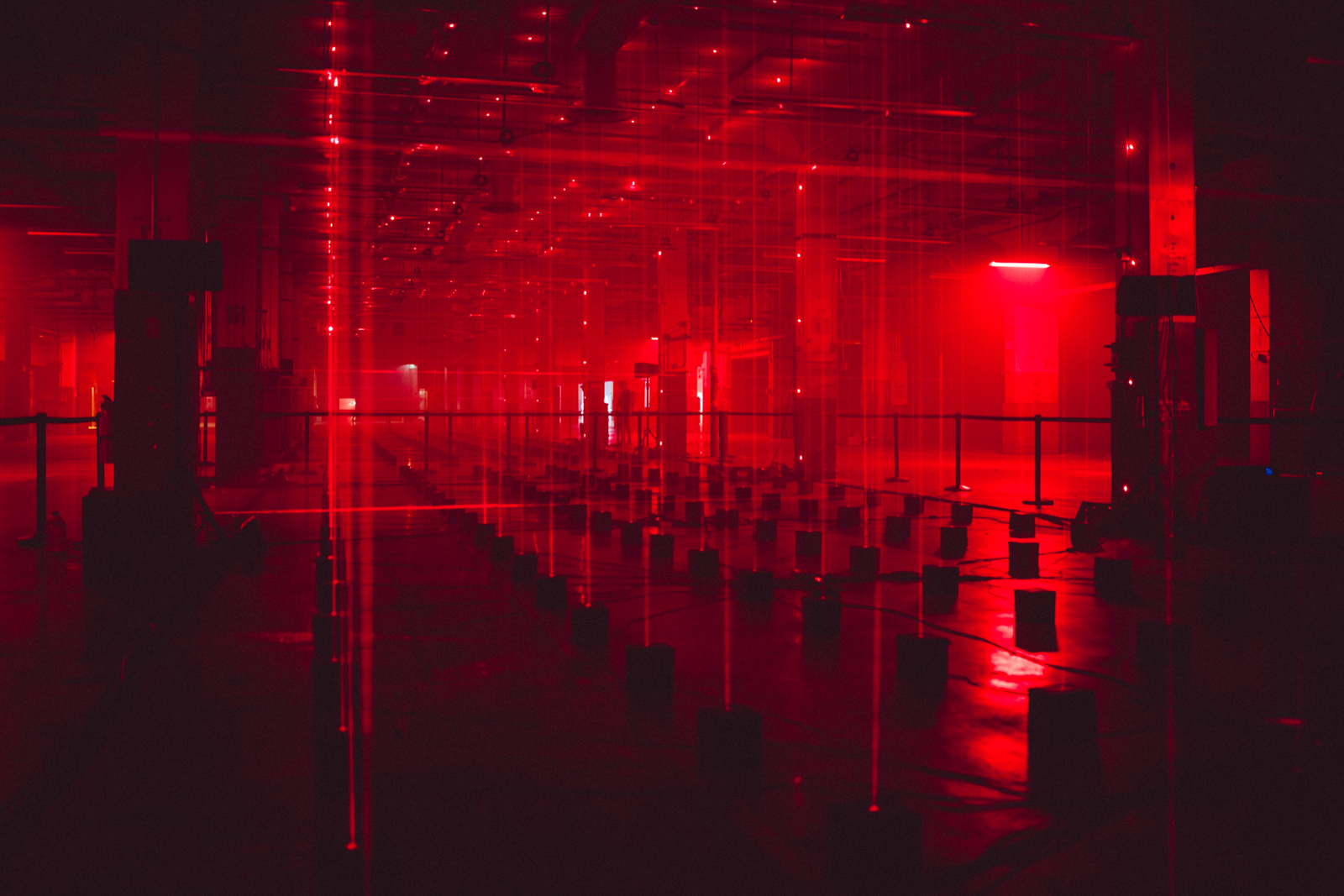
This is the point of Day for Night: to create a festival environment so stimulating that people become completely absorbed in the experience. There’s little room for distraction; participants amiably shuffle across three outdoor music venues to see shows by Aphex Twin, Blood Orange, John Carpenter and more, while popping back inside the massive former post office to engage with large-scale art installations by the likes of United Visual Artists, Shoplifter, Nontak Studio, AV&C and more.
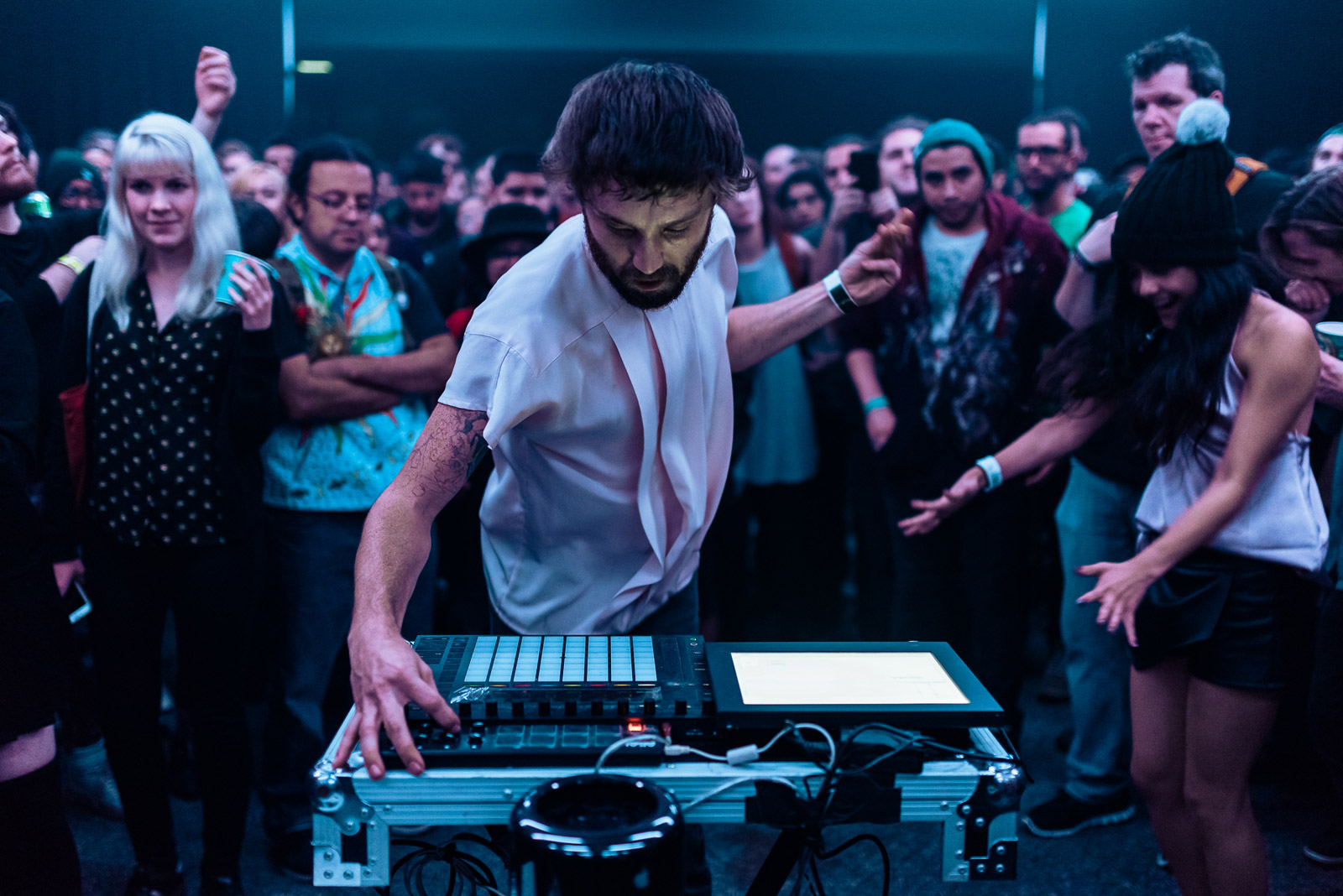
With such an intriguing lineup for both the Light and Sound components of Day for Night, we took a minute to chat with artist and curator Alex Czetwertynski to find out how they pull off such a high-powered event.
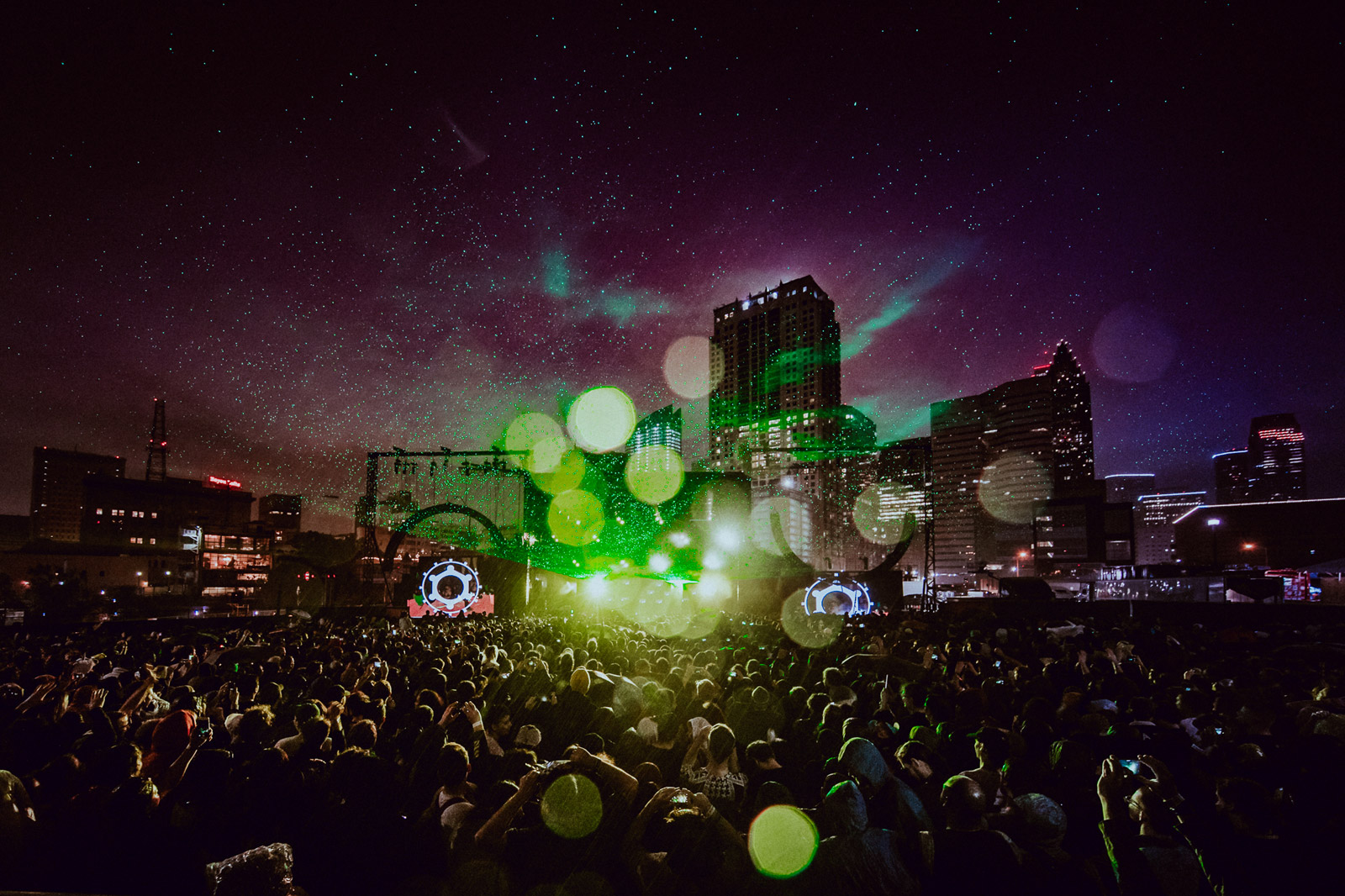
Why do live music and immersive art pair so well together?
People come to a festival to get an experience; they’re trying to be touched and they’re interested in being part a crowd that’s communing together in their love for music. What ends up happening at a [traditional] festival is that there are these lulls. One concert is done and then you wait for the next and for the next range of emotions to kick in. Day for Night exists because when people are in that kind of space they’re receptive; they want to see things, they want to be spoken to by artists. Let’s use this audience that’s here, that’s ready and willing, and expose them to things that are special.
People come to a festival to get an experience; they’re trying to be touched and they’re interested in being part a crowd that’s communing together in their love for music
Music opens people up so that’s where the natural connection happens. But another thing is, people want to be stimulated more these days and they look for that stimulation. When they don’t find it they go onto their phones. So this is also a way for us to create a communal experience around crazy physical yet digital experiences.

How do you curate a festival with both art and music components? Do you select one group first?
The curation team is separated between the music and art in a sense that it’s two different teams, but we work together on who we’re interested in picking. The music is really driven by the interest in having a diverse lineup with surprises or artists that are harder to see. The art side is driven by an interest in putting forward the most interesting work that’s happening in new media / digital / computational art that can work on a large scale and in most cases, has a strong connection between sound and visual. It’s also important to combine people that are at the top of their game, or that have been doing this for awhile and are well respected, with people that have not yet had a lot of exposure, to sort of cater to people’s expectations but also to create surprises.
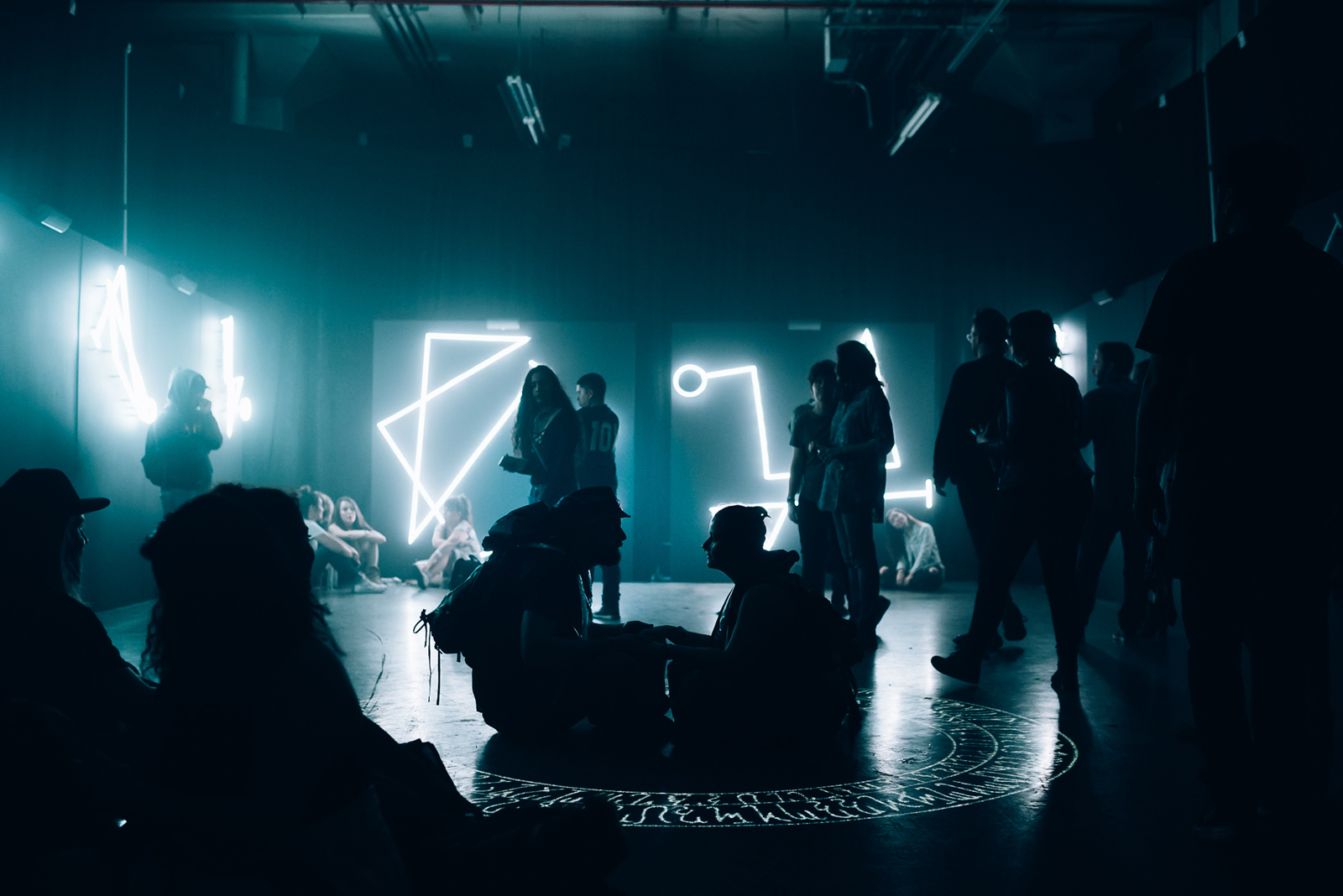
On the art side, do you solicit pitches or commission works?
I go to specific artists and ask them to submit ideas rather than an open RFP, and there are a couple of reasons for that. The first is that this is our second year, so we haven’t had the exposure yet to have a wide enough audience of artists to submit, but also really because one of the great things about working on this festival, for me, is to be able to engage with artists that really are inspiring and that I think are doing the most interesting stuff. To be able to go directly to them and say ‘I have this amazing playground for you, what would you want to do?’ That process is really what gets me excited.

What makes a work better for a festival over say a museum, or does it?
I don’t think there’s necessarily a dichotomy there. I think what happens is that museums and galleries, or art institutions in general, don’t necessarily know how to produce these kind of works because they’re very specific. When we combine the music industry with new media art, we’re essentially putting a lot of technical people together that are already accustomed to working with 200 lights. We have this background in production that allows us to do things that, if you were to do them in a museum, you’d have to get people that are completely outside of the art world to come and help build.
Another thing that’s really different is that we have an extremely dynamic relationship with the audience; if there’s no show they want to see for an hour, they stay in the installations for a long time. There’s a feeling that it’s fleeting, you really have to capture it and stay with it for enough time because it’s not something that they can come back to.

What do you hope the audience takes away from Day for Night?
As a little context, last year we had one particularly successful piece by The School for Poetic Computation in New York, who brought in their roster of students from that term and put together an installation. It was two big LED screens; one was showing generative artwork (art created by code), and on the other you had the code that was creating the art. They were animating the code to show how, ‘If I change this over here look what happens to the results.’ People were really fascinated by that and I think were excited about it even being possible, that you can create this kind of stuff. The code they were doing was purposefully not extremely complicated, and it created this awareness in the audience that the whole field of digital art is something we can all get into.
This year we’re interested in showing more ambitious pieces that create real immersions and astonishment. We have great scale here in this venue so it’s easy for us to do stuff that’s really big and in your face, but at the same time we want to do stuff that’s particularly powerful and beautiful. That’s really what we want the audience to see here, that we can do stuff really big using these technologies but it can also be really delicate and meaningful and immersive and beautiful.
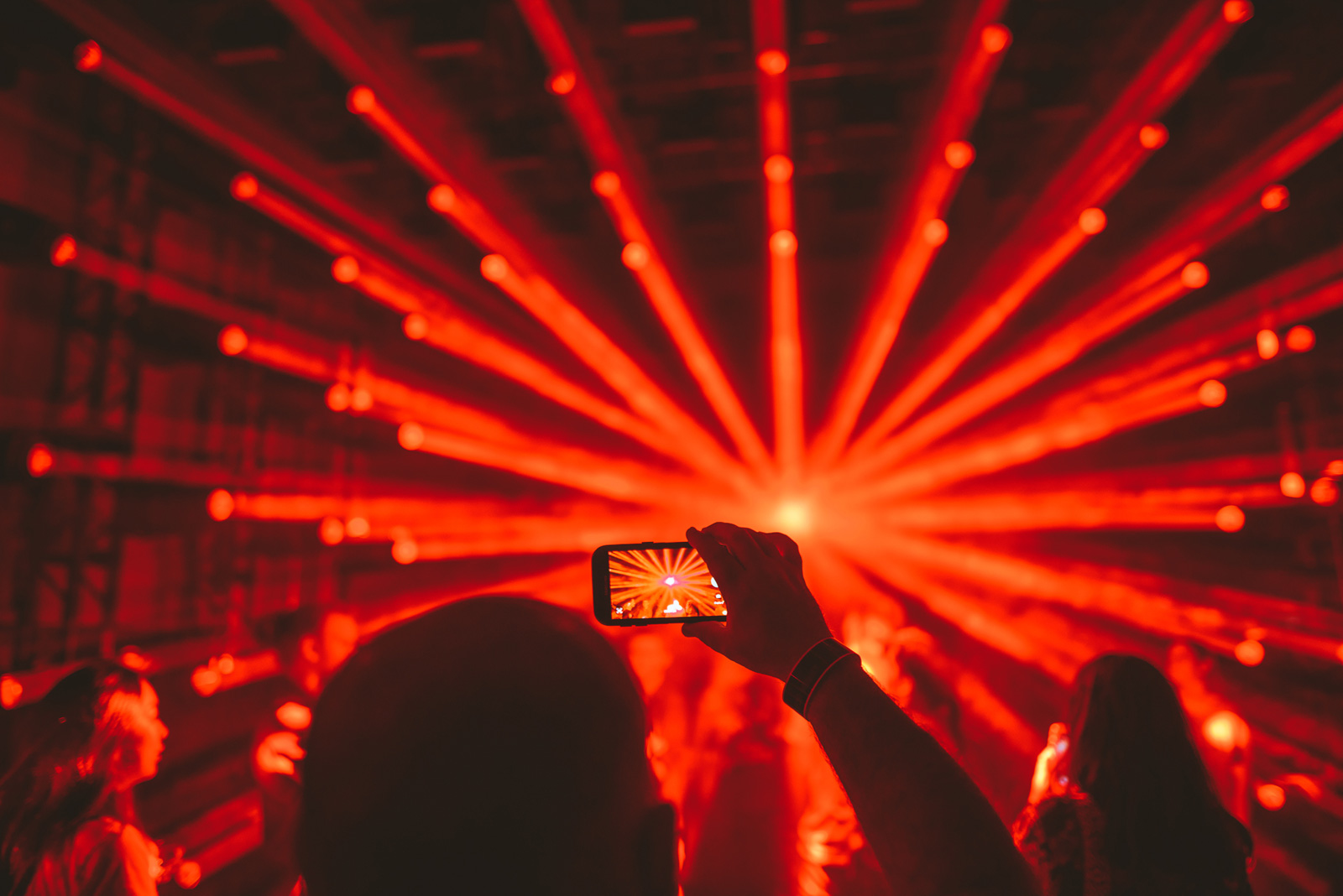
In creating such an immersive landscape, how do you feel it being posted to social media?
People can take beautiful pictures but it will never be able to translate the effect of being there. That’s one of the things that makes it so exciting for people to be here. It’s maybe a bit of a cliche to say that people are seeking real-world experiences now because digital experiences on screens are becoming a little repetitive and boring—or not necessarily that, but that everyone can have them—whereas, finding a place like this where you’ll be able to see stuff that you probably won’t see again for awhile is really exciting. I think 90% or more of the work that’s being shown is commissioned by us to be shown for the first time. From an arts production perspective you have people in the field doing brand new work and that in itself is really exciting.

As an artist yourself, are there any projects in your mind that you’re unable to do at this point because the technology isn’t there yet?
One of the things that I’m very excited about in terms of evolution of technology is media surfaces that are becoming more flexible and transparent. I think myself and probably a lot of other people are tired of screens being square or rectangular or black. What I’m looking forward to is being able to create pieces where I can have transparent screens that are of all shapes and forms. That would be my dream, but I think we’re not quite there yet and it’s going to be a few more years.
Images courtesy of Day for Night
